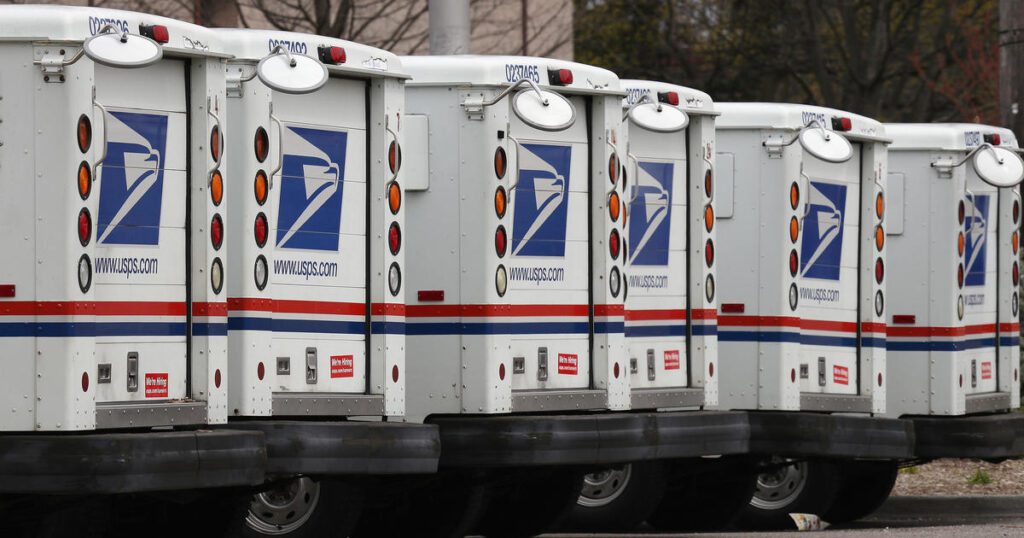In an unexpected turn of events, the fiscal earnings of the U.S. Postal Service (USPS) have taken a dramatic swerve off course in the most recent fiscal year. The agency’s ambitious 10-year plan, concocted to achieve profitability in a time window allegedly falling just short of a decade, seems to have been hit with a sobering reality check. Encouraging projections made by Postmaster General Louis DeJoy were left sputtering when the USPS found itself flailing in a $6.5 billion loss last year, a long way from the anticipated breakeven point in fiscal year 2023.


The brainchild of DeJoy, the supposed life-cycle of the 10-year plan that began in 2021 saw hopes of reaching a break-even point in 2023 and an upswing into a profit margin by 2024. However, the initial figures, pointing towards an ominous trend, seem to be pulling away from this ambitious timeline. This planned trajectory of reform pinned its hopes on slower delivery standards and frequency of postage rate hikes, primarily targeting cost reduction and increased revenue. These alterations, however, have been met with mounting opposition from businesses and individuals alike.
On top of the increasing criticisms, an even weightier issue is plaguing the USPS – it’s experiencing an alarming decrease in mail volume. Its revenue stumbled, dropping $321 million, or 0.4%, to $78.2 billion for the recent fiscal ending in September. In contrast, the prior fiscal had seen a net income of $56 billion, bolstered primarily by the Postal Service Reform Act. The bright spot in the form of a single non-cash adjustment meant pre-funding of retirees’ health benefits was no longer a burden. Yet, this was a one-time benefit. Mail volumes shrank by almost 9%, dropping from 127 billion to 116 billion items.
A statement from DeJoy has showcased dissatisfaction with the financial results, attributing this year’s woes to unforeseen problems such as inflation and the hurdles presented by unchanged regulations surrounding the Civil Service Retirement System. The strategic blueprint had not planned for this scenario.
Critics are quick to attack the crumbling state of affairs. One such critic, the group Keep US Posted, cites the steep postage hikes under DeJoy’s tenure as a primary reason for the dwindling mail volume. This group represents entities that gravely rely on USPS services – such as greeting card companies, magazines, and catalog businesses. They argue that the magnitude of postage increases is stressing the USPS’ financial wellbeing, trapping it in a vicious cycle as more mail is driven away.
In times of crisis, it is fundamental to reevaluate strategies and be brave in the face of the need for change. This critical juncture in the USPS’s future calls for the auspices of Congress to step in and provide increased oversight. Without this, we wait poised on the precipice, with the USPS and its consumers staring into the abyss of escalating postage rates, reduced service, and further debt, while DeJoy scrambles for solutions to save his sinking ship.
In the face of an imminent rate hike announcement in January, the fifth since 2021, calls for revaluation and intervention grow louder. The urgency for strategic revision has reached a fever pitch, and the next steps taken will significantly impact the future trajectory of the USPS and its millions of stakeholders. It’s a ticking clock for the Postal Service, with every tick echoing the sentiment that only a sweeping reconstruction of postal services strategy and increased accountability can right their course on the turbulent financial seas.



